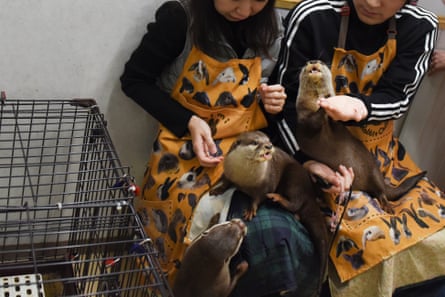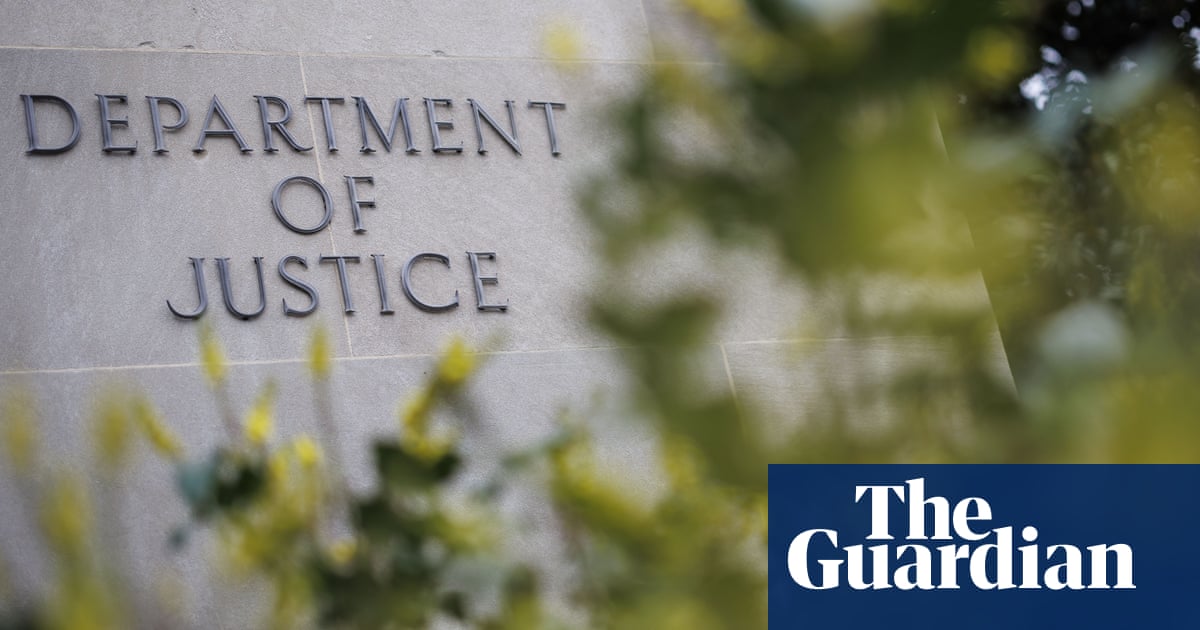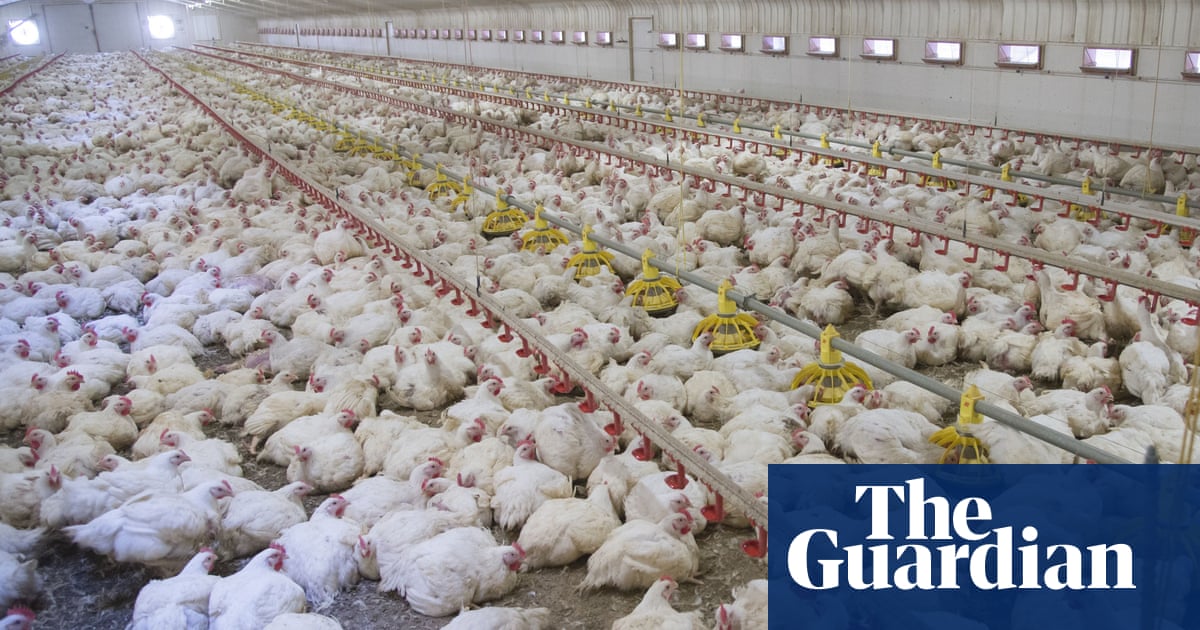Posing for selfies on the laps of excited visitors, the otters of Tokyo’s animal cafes have learned to play their part in their online stardom. In thousands of social media videos, the aquatic mammals wriggle through the outstretched hands of adoring customers who reward their attention with food.
But the booming demand has raised major concerns among conservationists, with a study published in the journal Conservation Science and Practice linking the small-clawed otters in animal cafes in Japanese cities with wild populations in poaching hotspots in Thailand.
Researchers compared the DNA profiles of 81 otters from zoos and animal cafes or seized by customs with genetic data from wild populations in Malaysia, Singapore and Thailand. They found the overwhelming majority of captive otters matched with two poaching hotspots in southern Thailand, on the Gulf of Thailand coastline and near the border with Malaysia.
The Asian small-clawed otter, classified as vulnerable to extinction on the IUCN red list, is the otter species of choice and has become a popular pet, even though its commercial trade was banned internationally in 2019.

“In recent decades, the otter has become very popular in Japan because of the cafes. I feel anxiety about the situation because the otters are decreasing in their own territories. We wanted to see where they were coming from,” said Mayako Fujihara, associate professor at the Wildlife Research Centre of Kyoto University and study co-author.
“We cannot confirm that the otters came through the illegal trade but we have shown that their DNA is the same as those from areas in Thailand that are illegal trade hotspots.
“Many cafe owners do not understand the situation. Some believe they are helping otter conservation by breeding them and showing them to people.”
While not definitive proof, researchers from Japan, Thailand and France said their findings were strongly suggestive of links to the wild trade. Some of the otters found in Japan’s pet cafes could also have been bred in captivity from animals captured and imported before the 2019 ban.
“Before the study, we had this strong feeling that most of them were smuggled,” said Dr Marie Sigaud, from the National History Museum in France. “These otters are in Appendix 1 in Cites [Convention on International Trade in Endangered Species of Wild Fauna and Flora], the most highly protected category, like elephant ivory. Our big question to answer was where they are coming from. The results strongly suggest that at least some of those otters are coming directly from the illegal trade.”
In the wild, the otters have a key role in maintaining freshwater and mangrove swamps in Asia, hunting creatures such as crabs and molluscs. They form monogamous pairs for life and are known for their dextrous, highly sensitive claws for digging. Conservationists worry that the pet trade will see their role in ecosystems disappear – exacerbating the impact of habitat loss and pollution.
Despite recent efforts, smuggling of the otters remains rampant, with the animals prized for their cuteness. The scale of the trade in small-clawed otters was first unveiled in 2018 in a joint study by the IUCN otter specialist group and Traffic, an NGO specialising in the global trade in wild animals and plants. It found more than 500 adverts for the creatures between January and April 2017, with a huge demand for young otters less than a year old. It is believed to have grown since then.
“You cannot have an otter as a pet in most European countries but it is a very popular pet in Asia and Japan. There are popular YouTube channels from people that have otters as pets and there are lots of follows. It’s a cute species, even though it’s very hard to look after,” Sigaud said.
Kanitha Krishnasamy, Traffic’s director in south-east Asia, was sceptical that an industry breeding the animals in captivity would help wild populations.

“Otters have long been sought after for illegal trade,” she said. “There are many longstanding examples that highlight the pitfalls and complications in regulating and controlling breeding for trade, with links to laundering of illegally caught wild specimens into the legal trade chain. Any move to introduce commercial captive breeding is extremely risky.”
The researchers also urged people to think twice before visiting the cafes or having the animals as pets, as they can sometimes become aggressive. In social media posts, they often show signs of stress and are regularly grossly overweight, sometimes vomiting up food or gnawing away at their own tails.
Fujihara said: “I don’t think it is a good idea for people to go to the cafes. Most of the people go because they love animals. But people should understand that the businesses may be involved in the illegal trade.”.
Find more age of extinction coverage here, and follow the biodiversity reporters Phoebe Weston and Patrick Greenfield in the Guardian app for more nature coverage

 1 day ago
9
1 day ago
9

















































